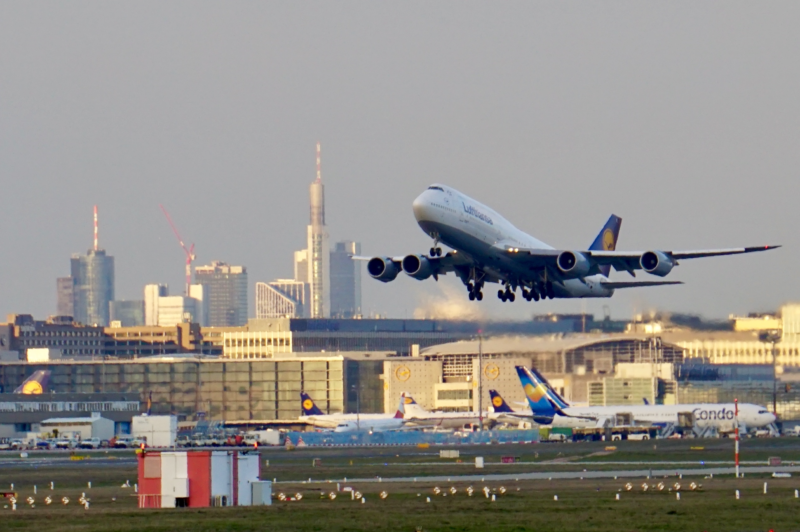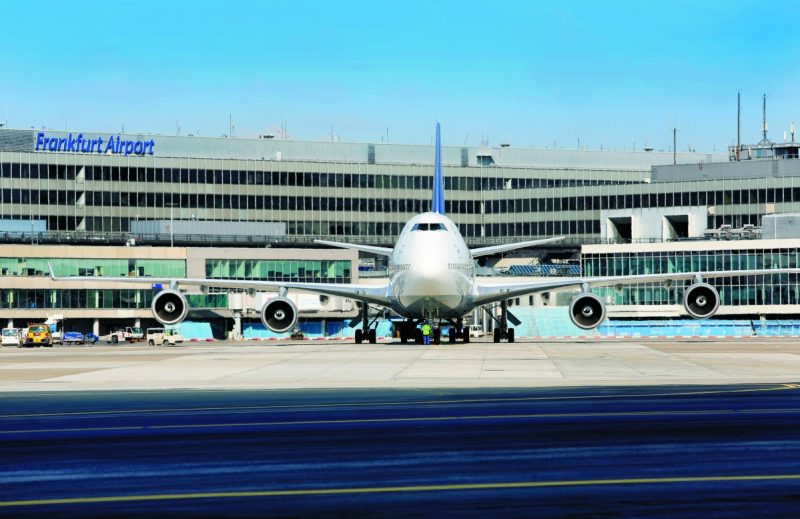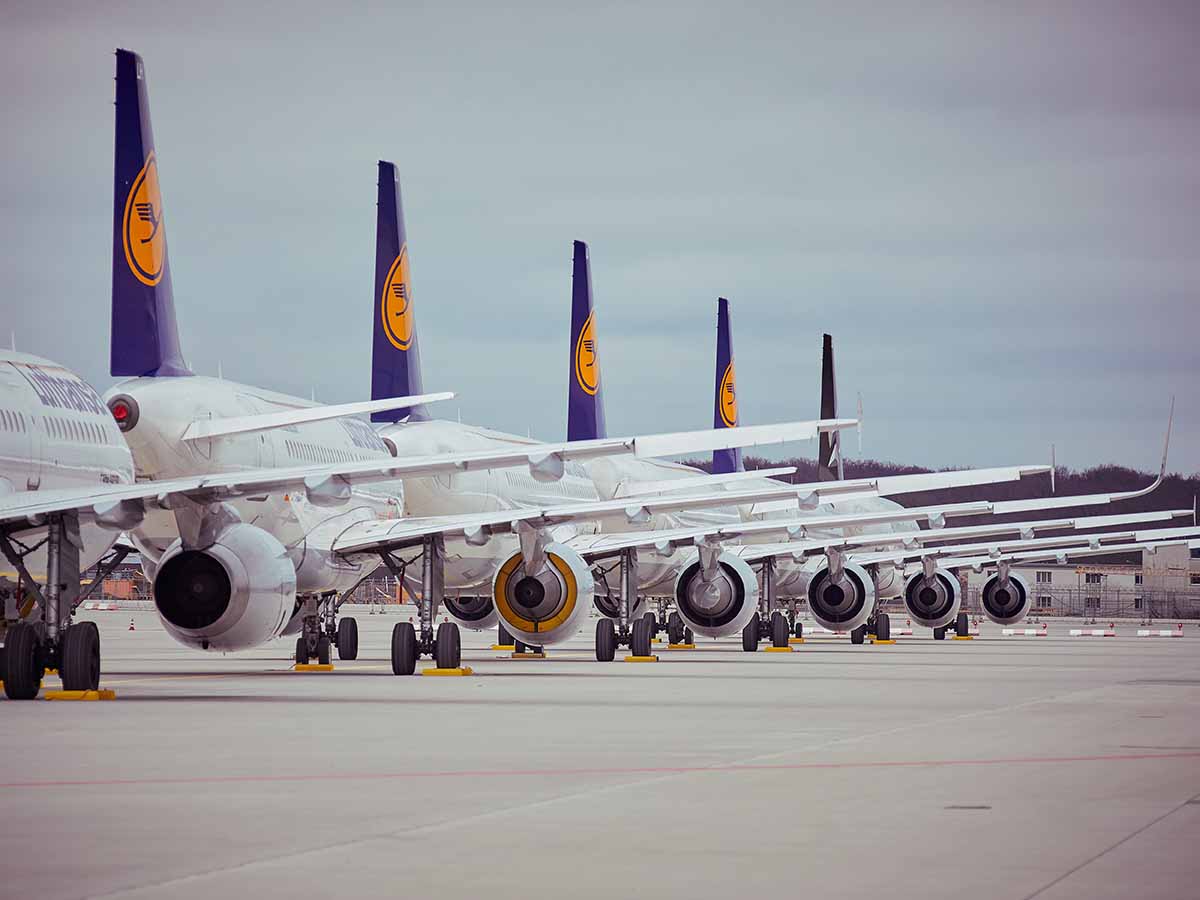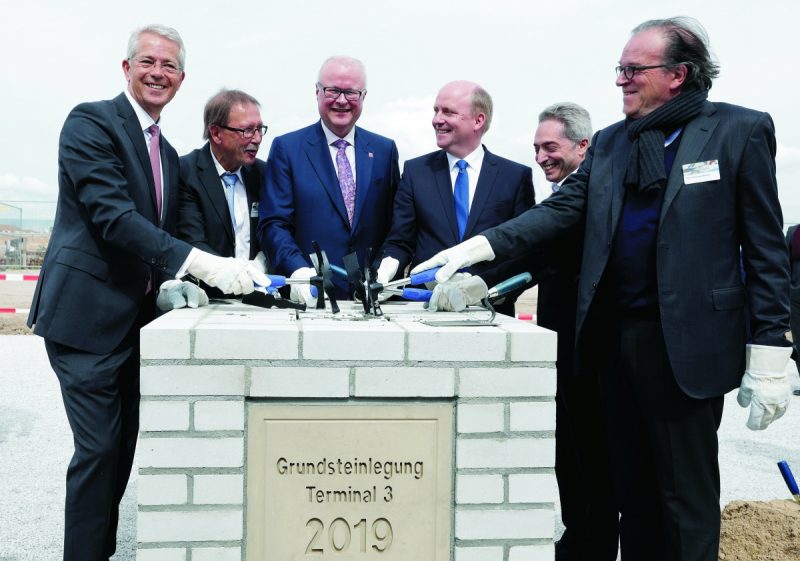 Frankfurt Airport is home to German national carrier Lufthansa. (Photo: Daniel Dargel).
Frankfurt Airport is home to German national carrier Lufthansa. (Photo: Daniel Dargel).
Frankfurt Airport is the busiest airport in Germany by passenger numbers. On top of this, it ranks fourth in Europe, and 14th globally. In 2018, the airport handled 69,510,269 passengers, up considerably from Germany’s next busiest airport, Munich at 46,253,623 passengers. This is still more than the capital city, Berlin, which handled just 34,726,367 passengers in 2018. Let’s take a little look at the airport before delving into why it is the aviation capital of Germany.
Four runways, two terminals
Frankfurt really is something of a mega-airport. The main hub of German flag carrier Lufthansa, Frankfurt has four runways. Three are oriented in a roughly east-west configuration, while the fourth is oriented as north-south. The airport has two terminals; terminal one is used by Lufthansa.
Terminal two currently has a fair few bus gates. In fact, when Simple Flying recently flew to and from Terminal two, we experienced bus gates both ways. In order to handle even more passengers than they currently do, however, Frankfurt Airport is currently in the process of building a third terminal.
 Frankfurt Airport is the aviation capital of Germany. (Photo: Fraport).
Frankfurt Airport is the aviation capital of Germany. (Photo: Fraport).
So why Frankfurt?
So why is Frankfurt Airport so popular for Germany bound travelers? Following the conclusion of the Second World War, the American Army made Frankfurt a key hub within Western Germany. The airport was located fairly centrally within Western Germany, making it a useful hub for flights around the country.
In April of 1955, Lufthansa began to resume services, having suspended them ten years earlier at the end of the war. With Berlin being located within East Germany at the time, it was not on the cards to base the airline there. Instead, the airline decided to spread its footprint over a larger portion of West Germany.
 Frankfurt has been the main hub of Lufthansa since 1955. (Photo: Lufthansa).
Frankfurt has been the main hub of Lufthansa since 1955. (Photo: Lufthansa).
Lufthansa placed its headquarters in Cologne. This city was chosen as it was close to the West German capital city of the day, Bonn. According to the Flight Global archives, Hamburg was originally envisioned as Lufthansa’s main hub. However, the airline remained put, building its main aviation hub in Frankfurt. In fact, the German flag carrier was not even able to fly to Berlin’s airports until 1989, three years before the fall of the Berlin wall.
Continuous growth
Since its early days as Lufthansa’s hub, Frankfurt Airport has continually grown. In 1961, the airport was Europe’s second busiest behind London Heathrow. The airport’s current Terminal One was opened in 1972. Following this, the airport’s third runway opened in 1984, accompanied by the airport’s second terminal ten years later in 1994.
 In April Frankfurt Airport laid the cornerstone for its third terminal. (Photo: Fraport).
In April Frankfurt Airport laid the cornerstone for its third terminal. (Photo: Fraport).
Today the airport is currently working on the construction of its third terminal. The first part of the new terminal is even due to open in 2021, with all currently planned construction to be completed in 2023. These will increase Frankfurt Airport’s capacity by 21 million passengers annually.
Tom Boon – Simple Flying
Nguyen Xuan Nghia – COMM










